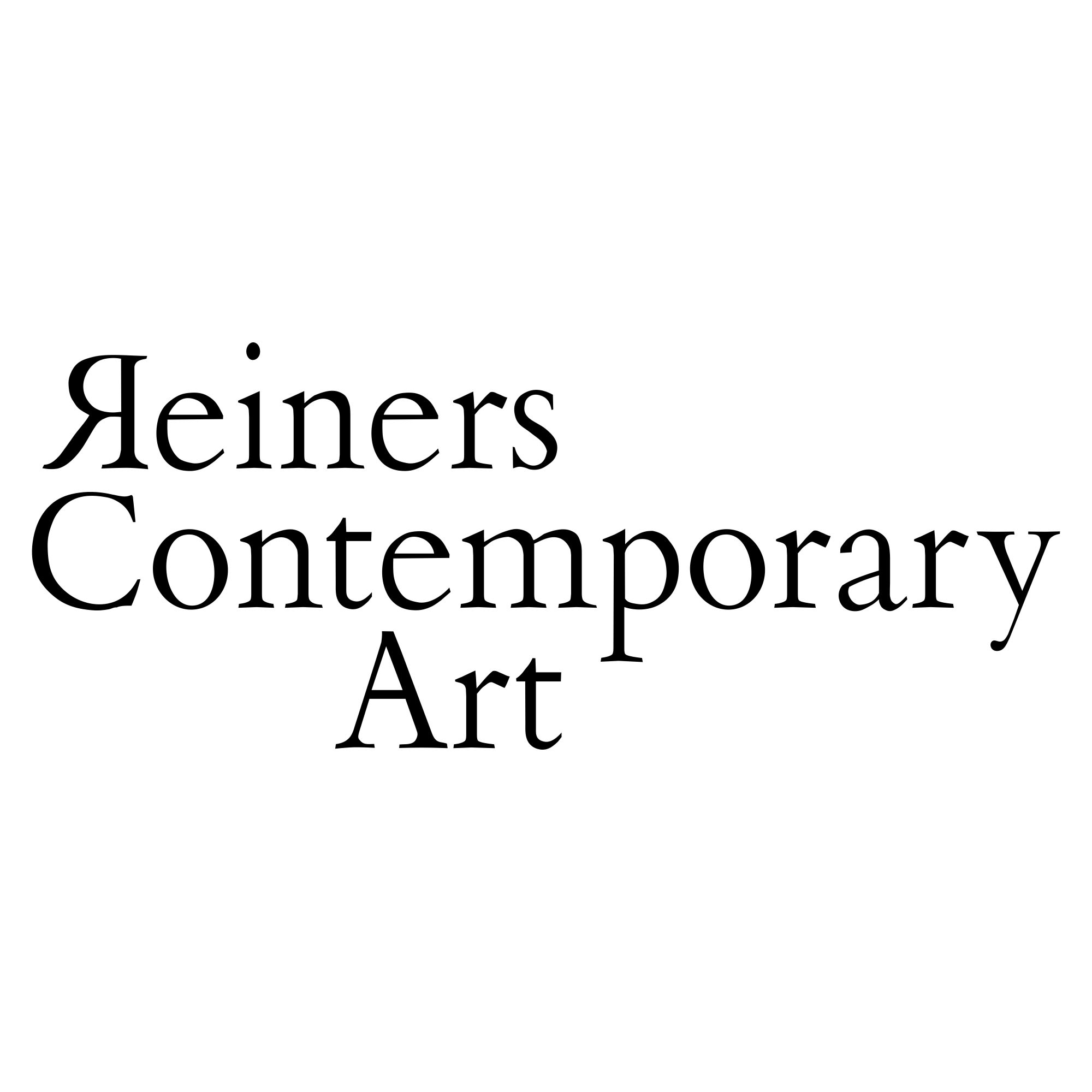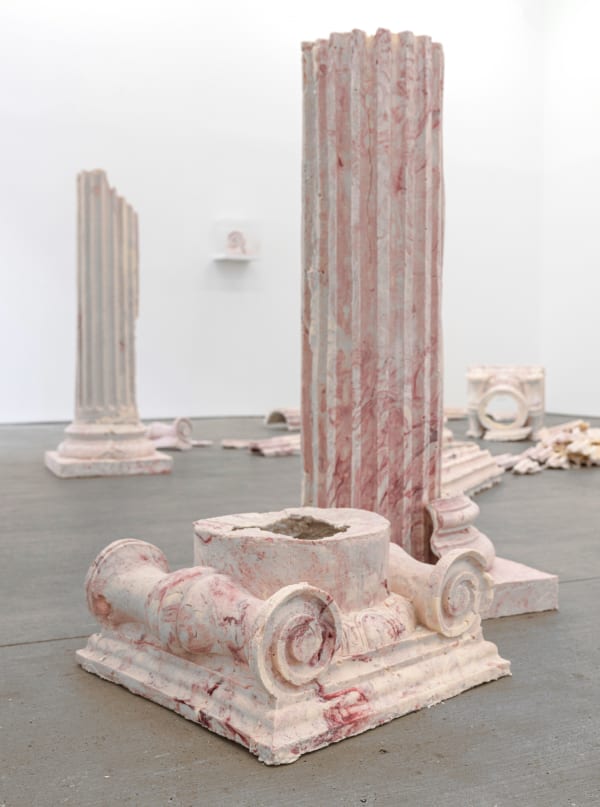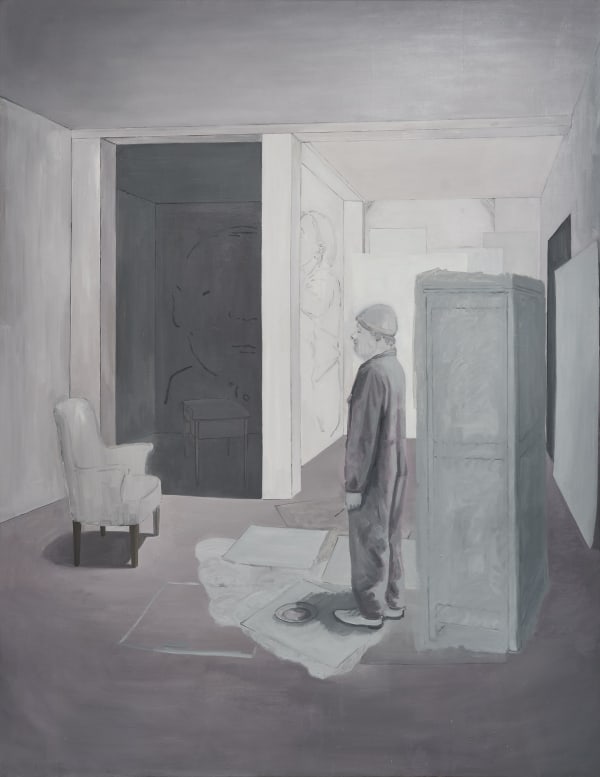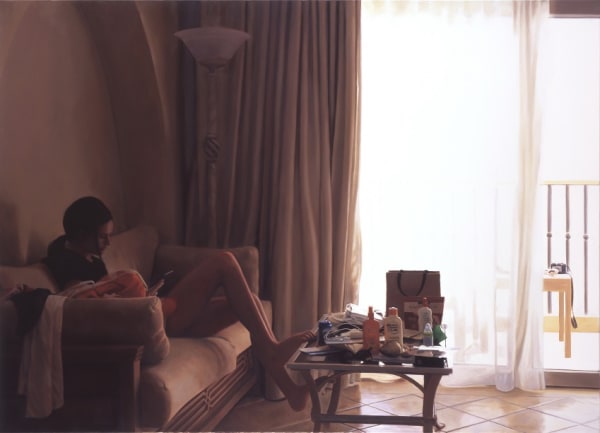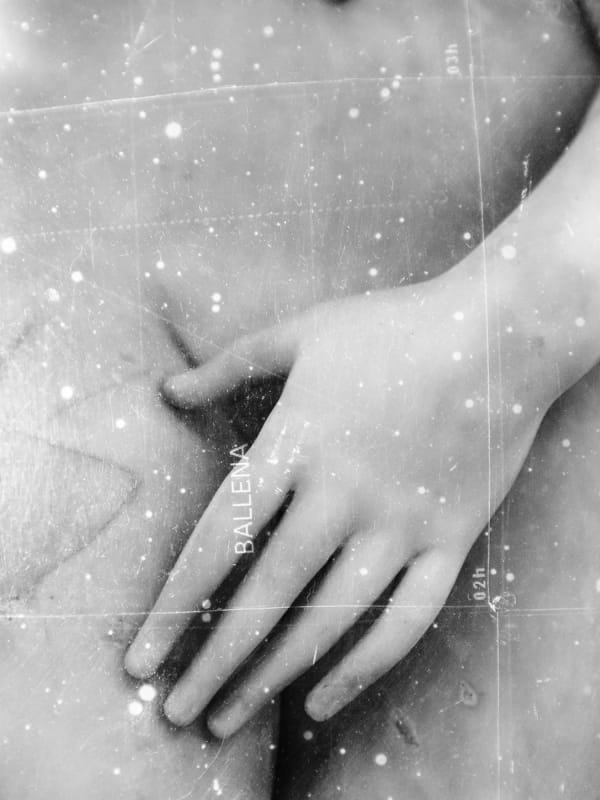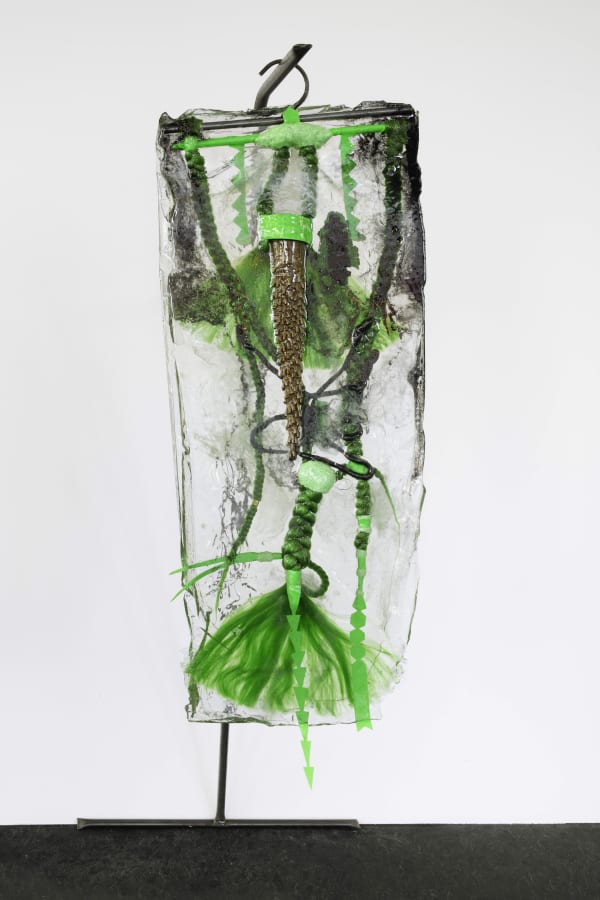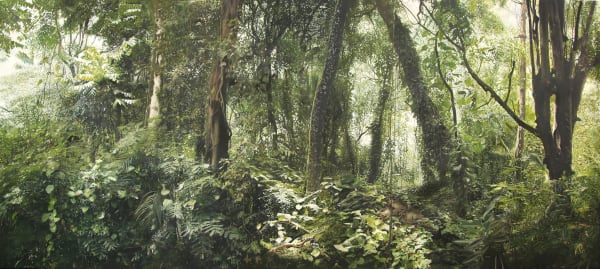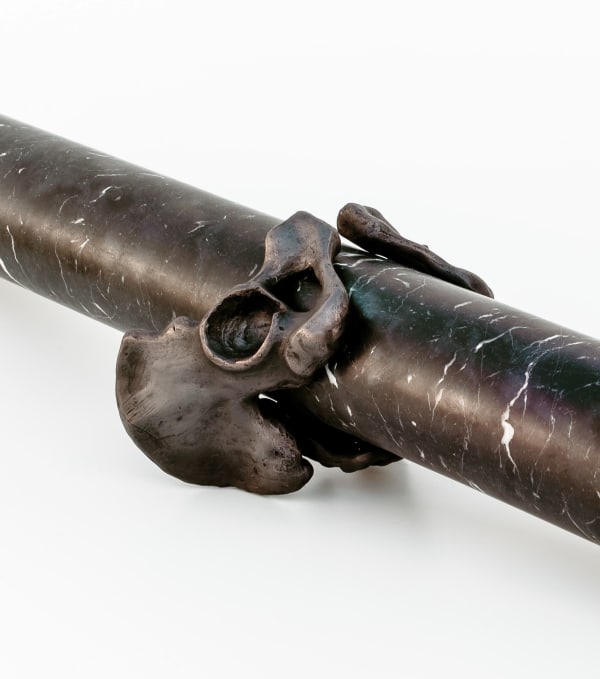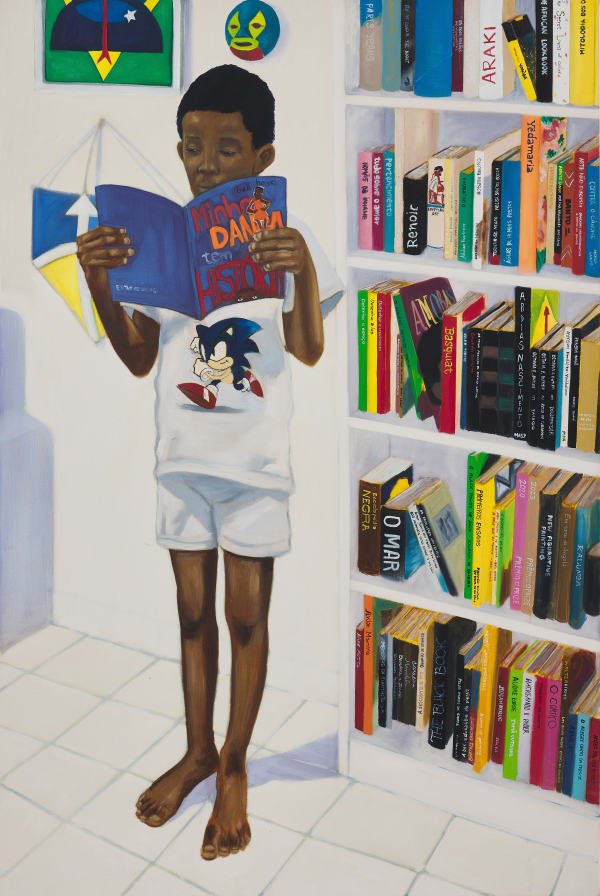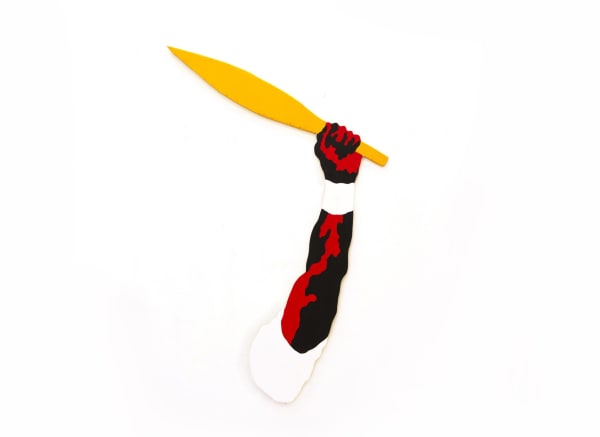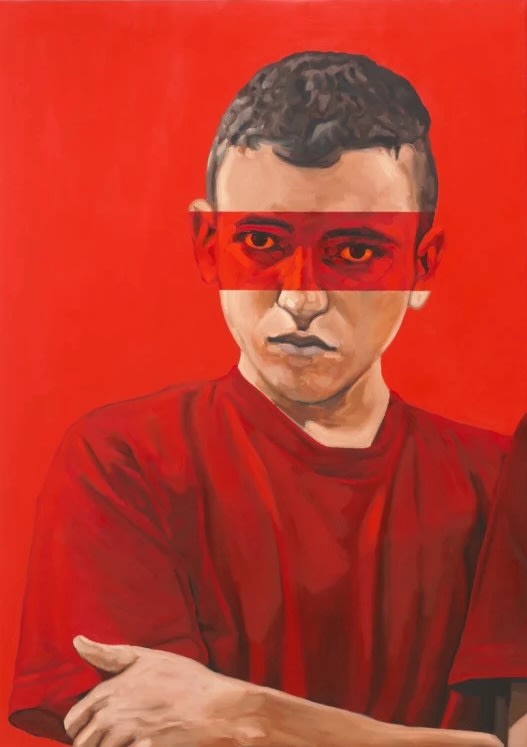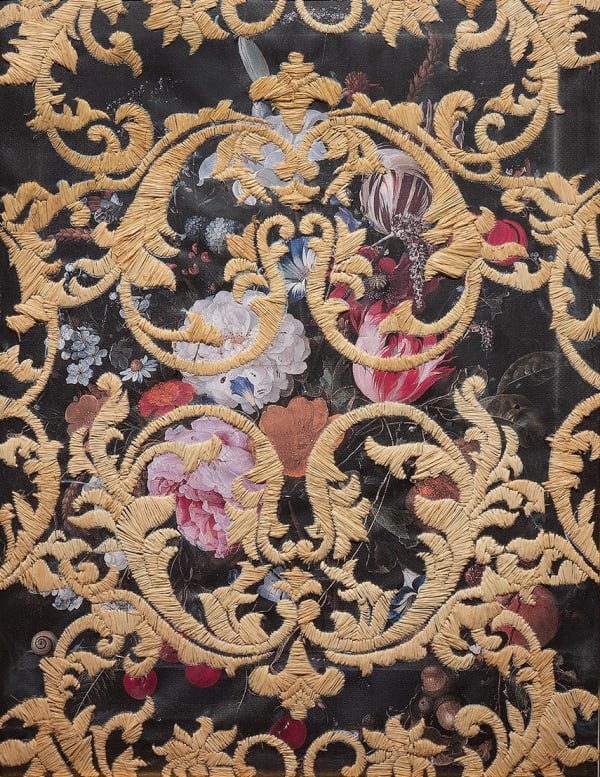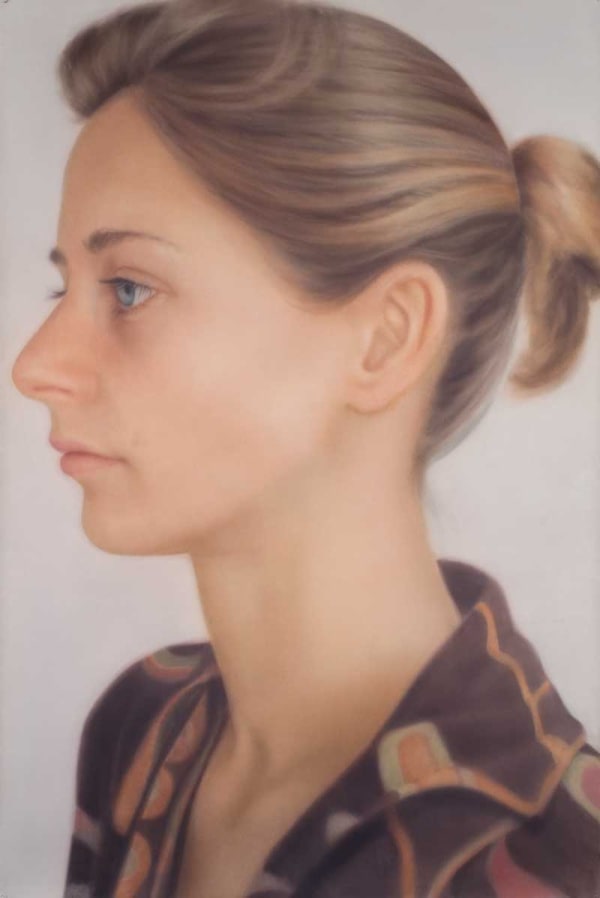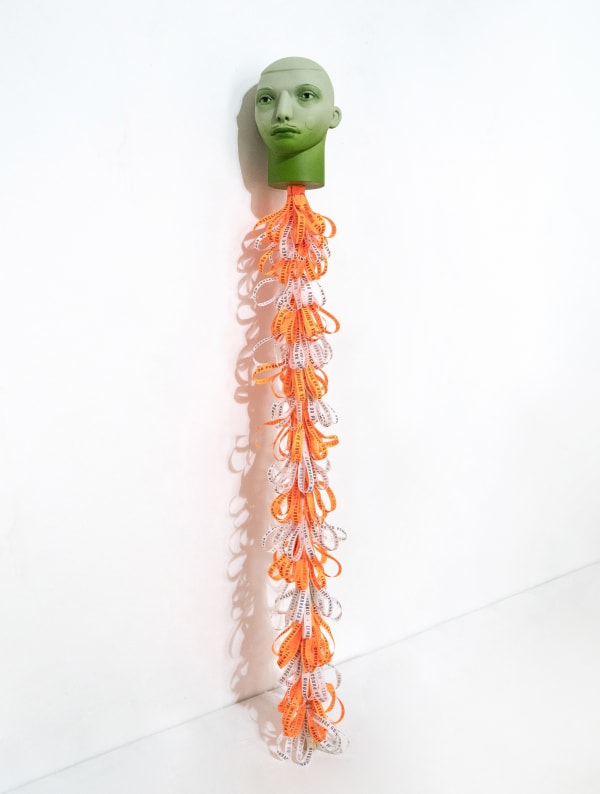-

Andrea Ferrero
-

Víctor Florido
-

Frank Bauer
-

Aileen Gavonel
-

Gihan Tubbeh
-

Theresa Weber
-

Paul Setúbal
-

Stephan Kaluza
-

Fábio Baroli
-

Rosell Meseguer
-

Dora Smék
-

Idowu Oluwaseun
-

Kika Carvalho
-

Mulambö
-

Éder Oliveira
-

Carla Hayes
-

Flavia Junqueira
-

Till Freiwald
-

Smék Setúbal
-

Aire Calderón
-

Raphael Sagarra
-

Raquel Algaba
-

Januario Jano
-

Adriano Machado
Join our mailing list
* denotes required fields
We will process the personal data you have supplied in accordance with our privacy policy (available on request). You can unsubscribe or change your preferences at any time by clicking the link in our emails.
